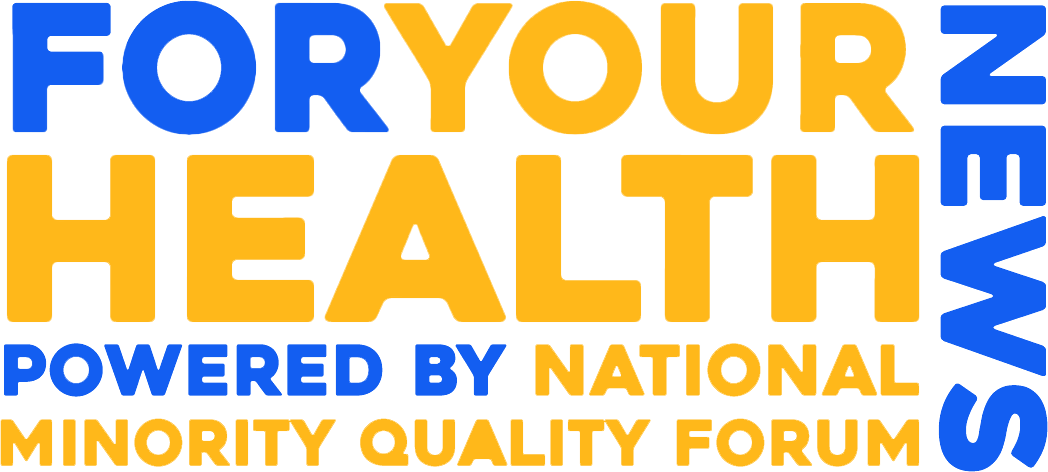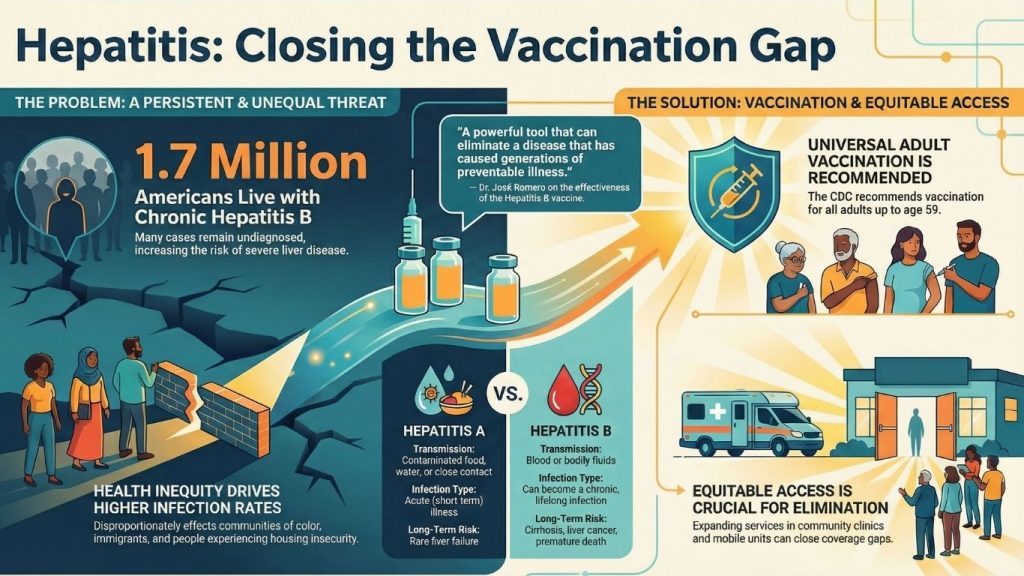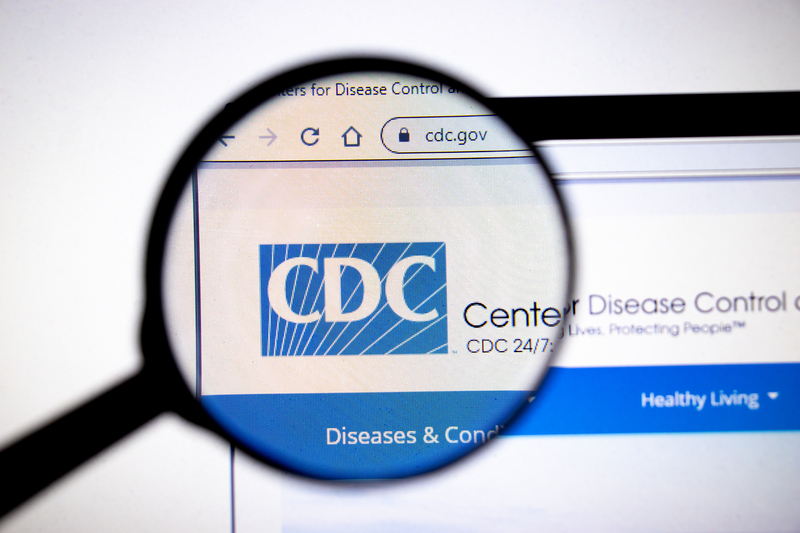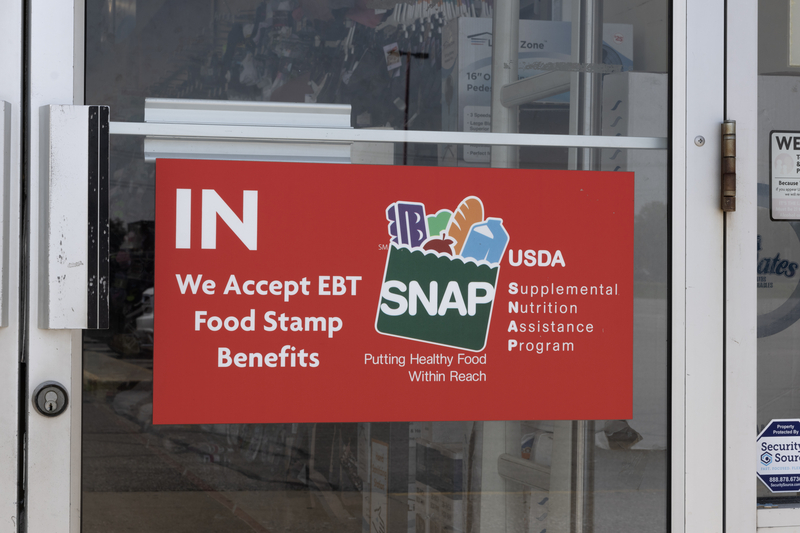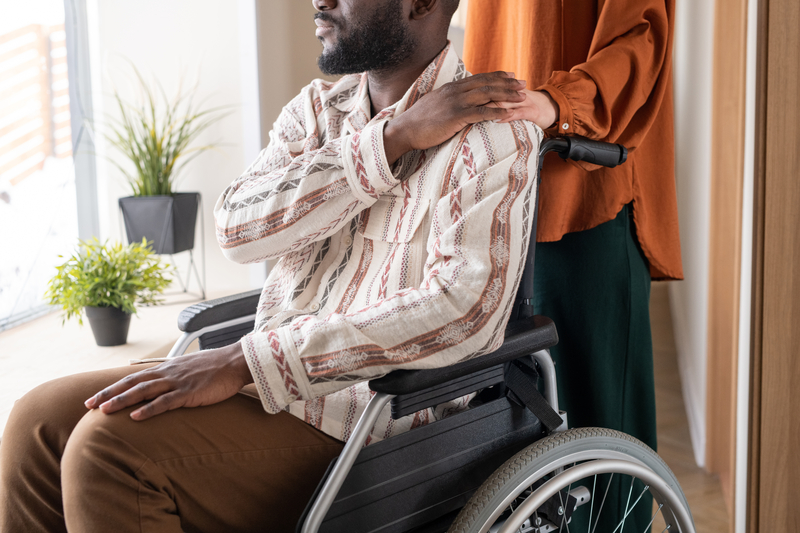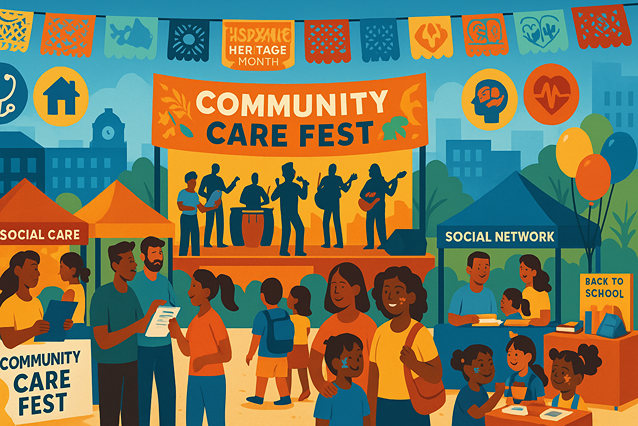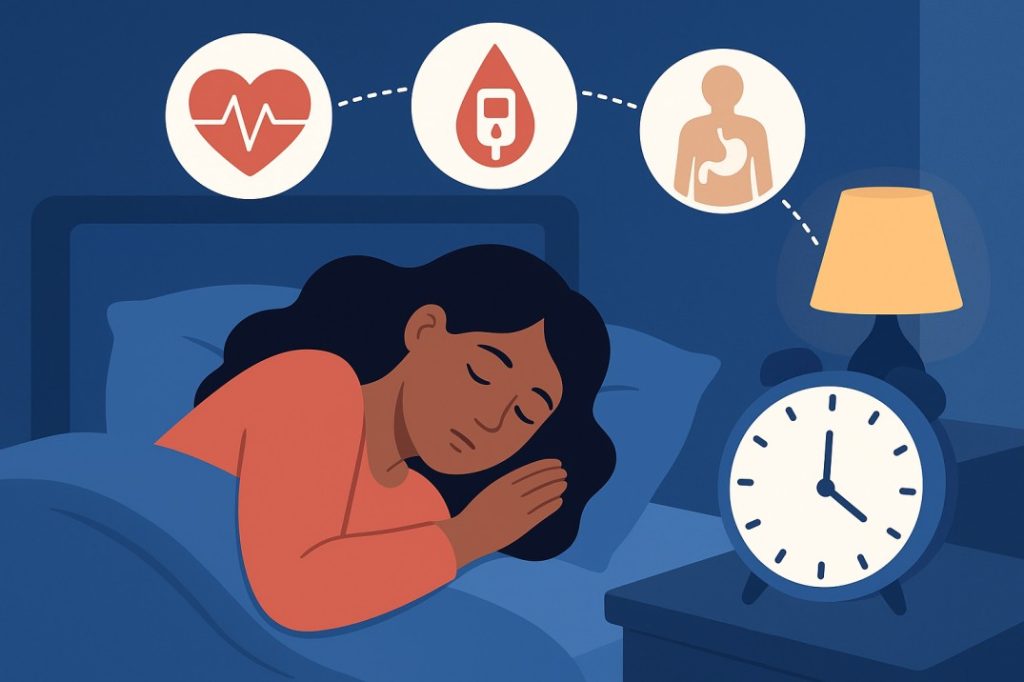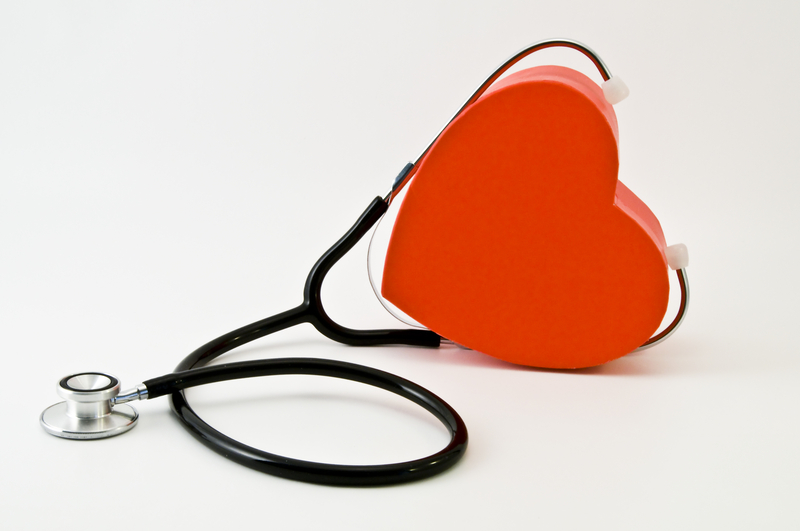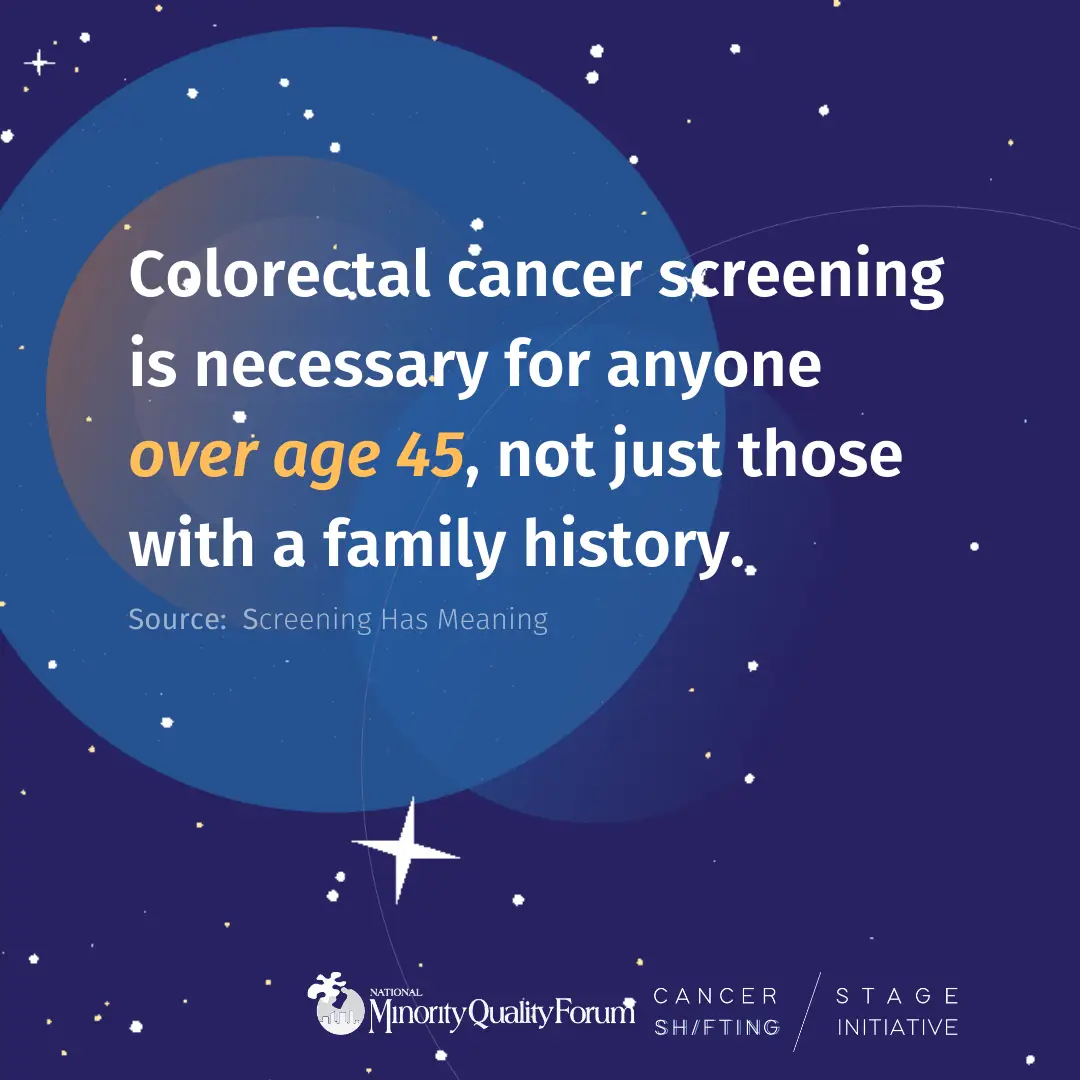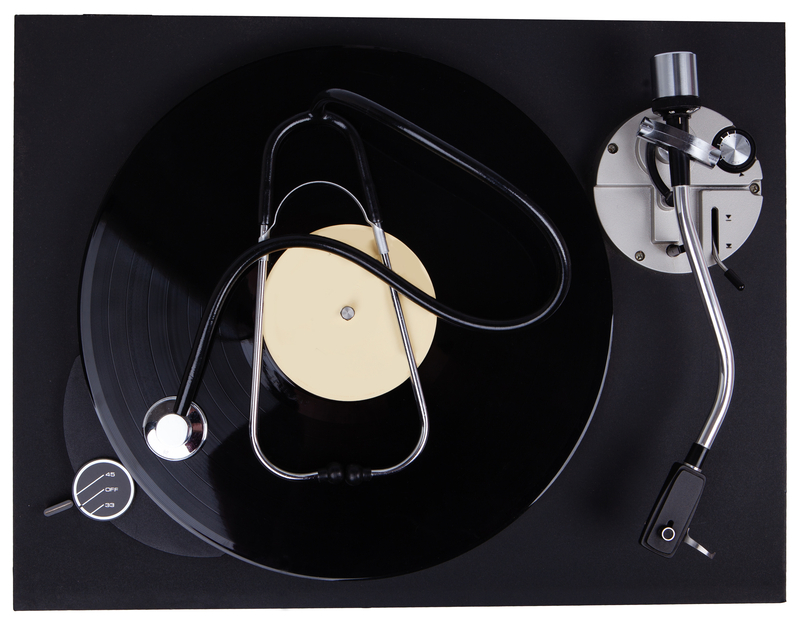
The Science Behind Music and Pain Relief
For centuries, people have turned to music for comfort, expression, and healing. Today, science is proving what many cultures have long understood—music can be a powerful tool in managing pain. From easing anxiety before surgery to reducing chronic pain symptoms, music therapy is emerging as a noninvasive, accessible, and low-cost form of pain management.
Research shows that music stimulates areas of the brain involved in emotion, attention, and memory. These same regions also interact with the body’s pain pathways. When we listen to music we enjoy, the brain releases dopamine—a “feel-good” neurotransmitter that can reduce the perception of pain. In addition, music can lower levels of cortisol, the stress hormone that can intensify pain sensations.
A 2016 study published in The Journal of Pain found that patients who listened to self-chosen music for 30 minutes each day reported significantly lower pain intensity and reduced dependence on pain medication. Other studies, including those reviewed by the American Psychological Association, suggest that music works by distracting the mind, altering mood, and promoting relaxation—each of which helps the body respond differently to discomfort.
Music and Chronic Pain
Chronic pain—whether caused by arthritis, fibromyalgia, or back injuries—can deeply affect quality of life. Many people with long-term pain also experience anxiety, depression, or insomnia, which can worsen symptoms. Music therapy helps by addressing both the physical and emotional dimensions of pain.
Listening to calming music, such as instrumental or slow-tempo pieces, can reduce muscle tension and lower heart rate. Meanwhile, engaging actively in music—through singing, drumming, or playing an instrument—can help people express frustration, regain a sense of control, and connect with others.
For example, a study in Frontiers in Psychology found that patients with chronic pain who participated in group music-making sessions reported improved mood, less anxiety, and greater overall wellbeing.
How to Use Music for Pain Relief
- Create a pain-relief playlist: Choose songs that calm you or lift your mood. Slow, steady rhythms (around 60–80 beats per minute) can help lower blood pressure and promote relaxation.
- Listen before and after stressful events: Whether it’s before a medical procedure or after physical therapy, music can help you prepare mentally and recover faster.
- Try guided music therapy: Certified music therapists can tailor sessions to your specific health needs—helping you use sound and rhythm to manage pain and emotions.
- Sing, hum, or move to the music: Active engagement amplifies the therapeutic effects and helps your body release endorphins.
The Takeaway
While music can’t replace medical treatment, it can be a valuable companion in pain management—helping reduce stress, improve mood, and change how the brain perceives pain. Whether it’s classical, R&B, gospel, or jazz, the key is finding music that resonates with you.
Trending Topics
Features
- Drive Toolkit
Download and distribute powerful vaccination QI resources for your community.
- Health Champions
Sign up now to support health equity and sustainable health outcomes in your community.
- Cancer Early Detection
MCED tests use a simple blood draw to screen for many kinds of cancer at once.
- PR
FYHN is a bridge connecting health information providers to BIPOC communities in a trusted environment.
- Medicare
Discover an honest look at our Medicare system.
- Alliance for Representative Clinical Trials
ARC was launched to create a network of community clinicians to diversify and bring clinical trials to communities of color and other communities that have been underrepresented.
- Reducing Patient Risk
The single most important purpose of our healthcare system is to reduce patient risk for an acute event.
- Subash Kafle
- Subash Kafle
- Jessica Wilson
